By Shannon Abram, Relationship Manager at The Community Roundtable
Earlier this week we shared three best practices for budgeting community and social media programs that were culled from some interesting discussions between members inside TheCR Network (missed it? check out the post & best practices here.) 2015 might feel far away (and I don’t want to wish away my favorite season of falling leaves and pumpkin spice lattes!) but it’s really never too early to think defining goals for the upcoming year, determining your community and social media priorities and beginning to assign resources to help you achieve them.
For today’s Infographic Thursday I wanted to share a fun graphic that outlines the basics of social media etiquette that is relevant for both community managers and social media managers. This is a great primer if you’re looking to start incorporating basic social media channels into your community programs. Do you already use social media platforms like facebook, twitter or pinterest as part of a larger community initiative? Which platforms best help you connect more closely with your members? We’d love to hear your social media success stories!
This infographic was created by TollFreeForwarding.com.
—
Need to increase executive engagement in your community, but not sure where to start? The Social Executive Toolkit is designed to help social and community teams understand executive adoption so that they can effectively coach executives. This Toolkit provides case studies, templates, worksheets and actionable insights to help you increase executive engagement! Get started today!

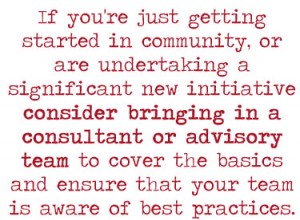
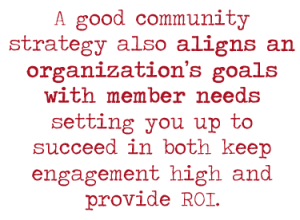 Whether you are starting from scratch with a new community, or taking over an existing community that could use some love there is a good chance you’ll be tasked with building a community strategy. This can be both daunting and exciting. In our
Whether you are starting from scratch with a new community, or taking over an existing community that could use some love there is a good chance you’ll be tasked with building a community strategy. This can be both daunting and exciting. In our 
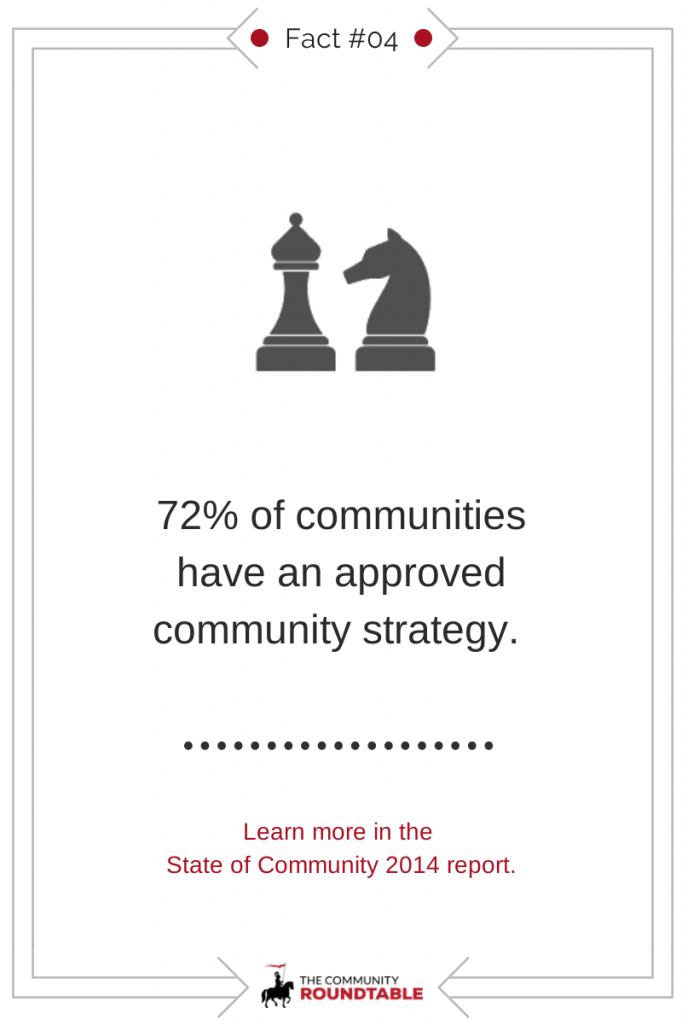
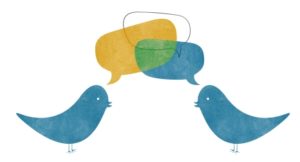




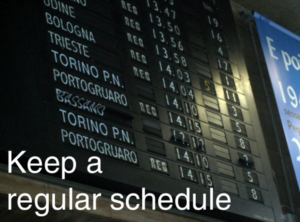
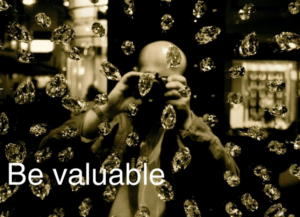 Be Valuable
Be Valuable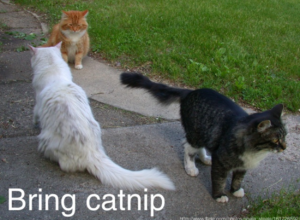 Bring Catnip
Bring Catnip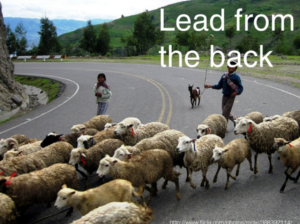 Lead From The Back
Lead From The Back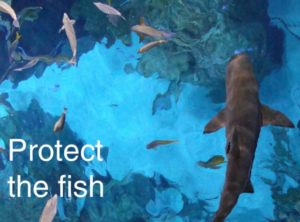 learn where they hang out and how they like to operate. But this is not a one-time only process. You need to do this regularly. Your audience may shift their likes and dislikes and you need to be ready to shift with them.
learn where they hang out and how they like to operate. But this is not a one-time only process. You need to do this regularly. Your audience may shift their likes and dislikes and you need to be ready to shift with them.
